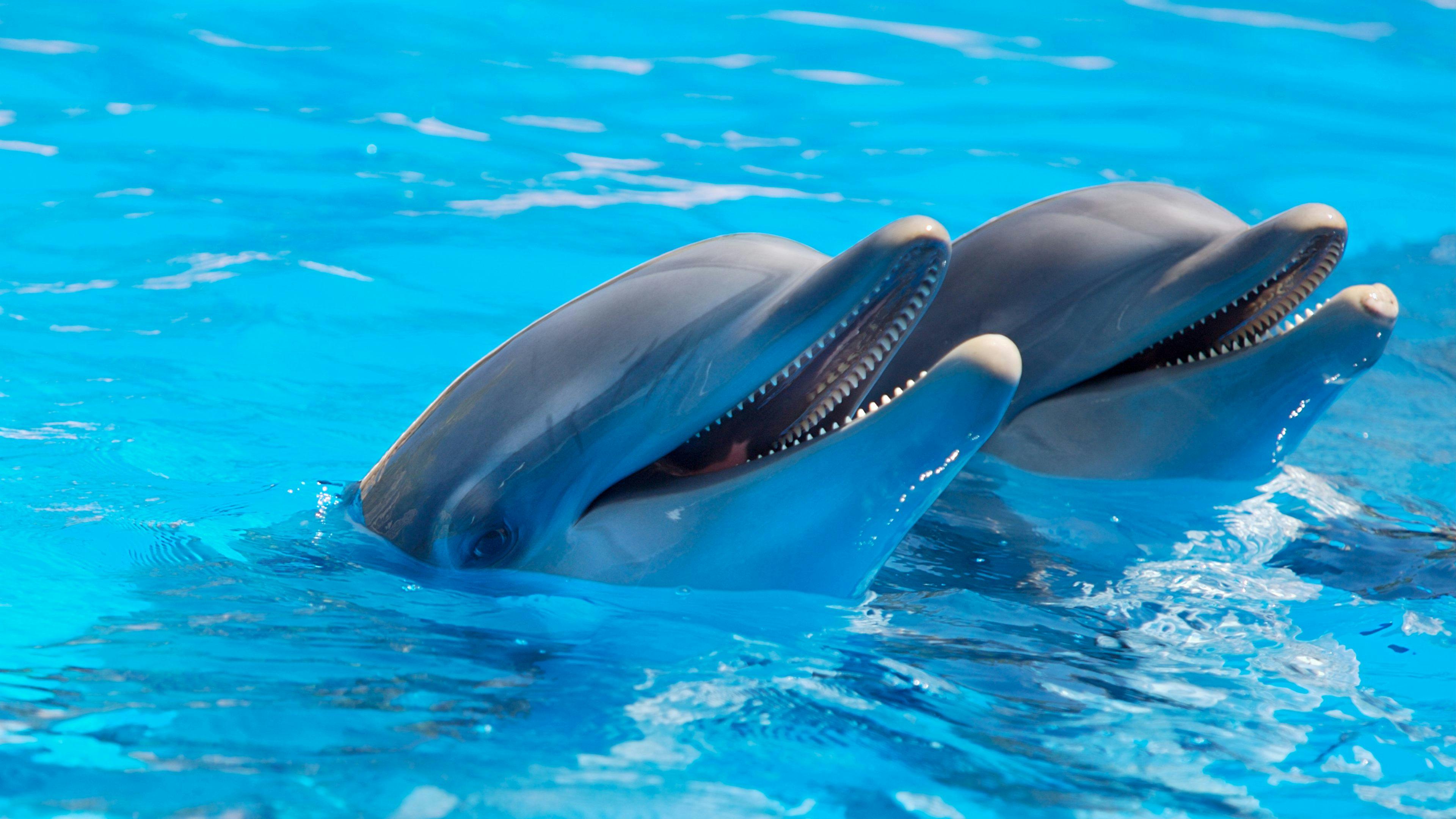A Dive into the Fascinating World of Marine Mammal Rehabilitation
Introduction: Marine mammal rehabilitation is a fascinating and complex subject that deserves our attention. It's a field that combines veterinary science, wildlife conservation, and an immense passion for the ocean's inhabitants. This article will present an in-depth look at this lesser-known but vital aspect of animal care.

The Birth and Development of Marine Mammal Rehabilitation
Marine mammal rehabilitation has its roots in the mid-20th century when the world began to take note of the increasing threats faced by marine wildlife. This awareness sparked the creation of dedicated rehabilitation facilities aimed at caring for injured or stranded sea creatures. As environmental consciousness grew, so did the development of more advanced and effective rehabilitation techniques. From humble beginnings, this field has grown into a global network of compassionate professionals dedicated to the survival of marine species.
The Current Dynamics of Marine Mammal Rehabilitation
Today, marine mammal rehabilitation centers operate in many coastal regions worldwide. These facilities are equipped with specialized equipment and trained staff to handle a variety of marine species, including seals, sea lions, dolphins, and whales. The primary goal of these centers is to rescue, rehabilitate, and release animals back into their natural habitats. Current advancements in technology and veterinary medicine have significantly improved the success rate of these rehabilitations.
The Impact of Marine Mammal Rehabilitation on Species Conservation
Marine mammal rehabilitation plays a crucial role in the conservation of marine species. Many species that are rescued and rehabilitated are endangered or threatened, making each individual’s survival critical for the population’s sustainability. Beyond individual animal care, these centers also contribute to research and education, helping to raise awareness about marine conservation and influencing policy changes for better ocean protection.
The Cost and Value of Marine Mammal Rehabilitation
The cost of running a marine mammal rehabilitation center can be quite high, considering the need for specialized equipment, veterinary care, and trained staff. However, these costs are often offset by the invaluable benefits these centers provide, both to the animals they care for and the broader ecosystem. Additionally, many of these centers are supported by donations, grants, and volunteer labor, demonstrating the value that society places on the health and survival of our marine wildlife.
The Future of Marine Mammal Rehabilitation
The future of marine mammal rehabilitation is promising, but it also presents challenges. Climate change, pollution, and other human-induced factors continue to threaten marine life, potentially increasing the need for rehabilitation services. However, the field is evolving to meet these challenges, with ongoing research and technological advancements aimed at improving rehabilitation techniques and outcomes.
In conclusion, marine mammal rehabilitation is a compelling field that merits our attention and support. It symbolizes the intersection of veterinary science, wildlife conservation, and our responsibility towards the ocean’s inhabitants. By understanding and appreciating this work, we can all play a role in preserving our marine ecosystems for future generations.




